What is Sustainable Product Design?
Date: 22 October 2025
Source: Cambridge Network (Flynn Product Design)
Understanding Sustainable Product Design
Sustainable product design treats each step as linked. It links material sourcing with disposal. It cares for nature and people. It does more than sell. It starts at extraction—using safe materials. It moves to production—saving energy, water, and work. It then serves in use—with long, changeable life. Finally, it ends with repair, recycle, or safe return. This chain of steps turns waste into worth. It makes a circular economy that reuses instead of discards.
Core Principles of Sustainable Product Design
-
Design for Longevity
Designers build products to last. They choose strong, repairable materials. They avoid trends that fade. They link pieces for future fixes. -
Design for Circularity
Designers plan for endless loops. They pick recycled parts that join again. They build items that break down easily. They set up take-back paths to keep parts moving. -
Design for Systems, Not Silos
Designers bind products to larger chains. They link supply networks, waste plans, and user acts. They match packaging with local compost. They join products with the whole system. -
Design for Equity
Designers ensure work is fair. They grant respect to workers and communities. They bind ethics with design. They treat all parts of the chain with care.
Moving From Eco-Efficiency to Regeneration
Old goals cut harm like waste and gas. New steps mend the earth. Regenerative design helps nature to heal. Think of shoes with algae soles that trap carbon. Think of packaging grown from mycelium that breaks down. Think of electronics that last and can be fixed.
The Expanding Role of Designers
Designers now act as strategists. They map out cause and effect. They join with material experts, engineers, and policy voices. They teach consumers with clear ideas. They challenge old, wasteful paths. Their work links supply, people, and the earth.
Business Advantages of Sustainable Design
Sustainable design cuts cost by reusing things. It lifts brand trust as buyers choose well-made goods. It meets rules that care for nature. It draws skilled staff who seek a good cause. Today, sustainability is not a choice—it is a must.
Common Misconceptions Debunked
- “It’s too expensive”: Up-front cost often turns into later savings.
- “It limits creativity”: Limits push new, neat ideas like zero-waste styles.
- “It’s only about materials”: True design links ways of living, systems, and plans.
How to Start Designing Sustainably
- Map all steps from birth to death of your product.
- Find key points where nature and people feel the impact.
- Pick alternative parts and easy fixes.
- Link teams from different fields.
- Make samples with low-impact items.
- Use life cycle checks to guide your work.
Conclusion: Designing a Future That Lasts
Sustainable product design calls for care and fresh thought. It makes us rethink not just what we make, but how we form it. It joins creation with care for earth and people. This way, our work builds a world that lasts.
Flynn Product Design offers help with consultancy and making test models that join sustainable rules with new ideas. Book a free meeting to learn more.
For strong views on sustainable design and hands-on consulting, Cambridge Network’s article lays out clear steps to build products for the 21st century.
Design Delight Studio curates high-impact, authoritative insights into sustainable and organic product trends, helping conscious consumers and innovative brands stay ahead in a fast-evolving green economy.
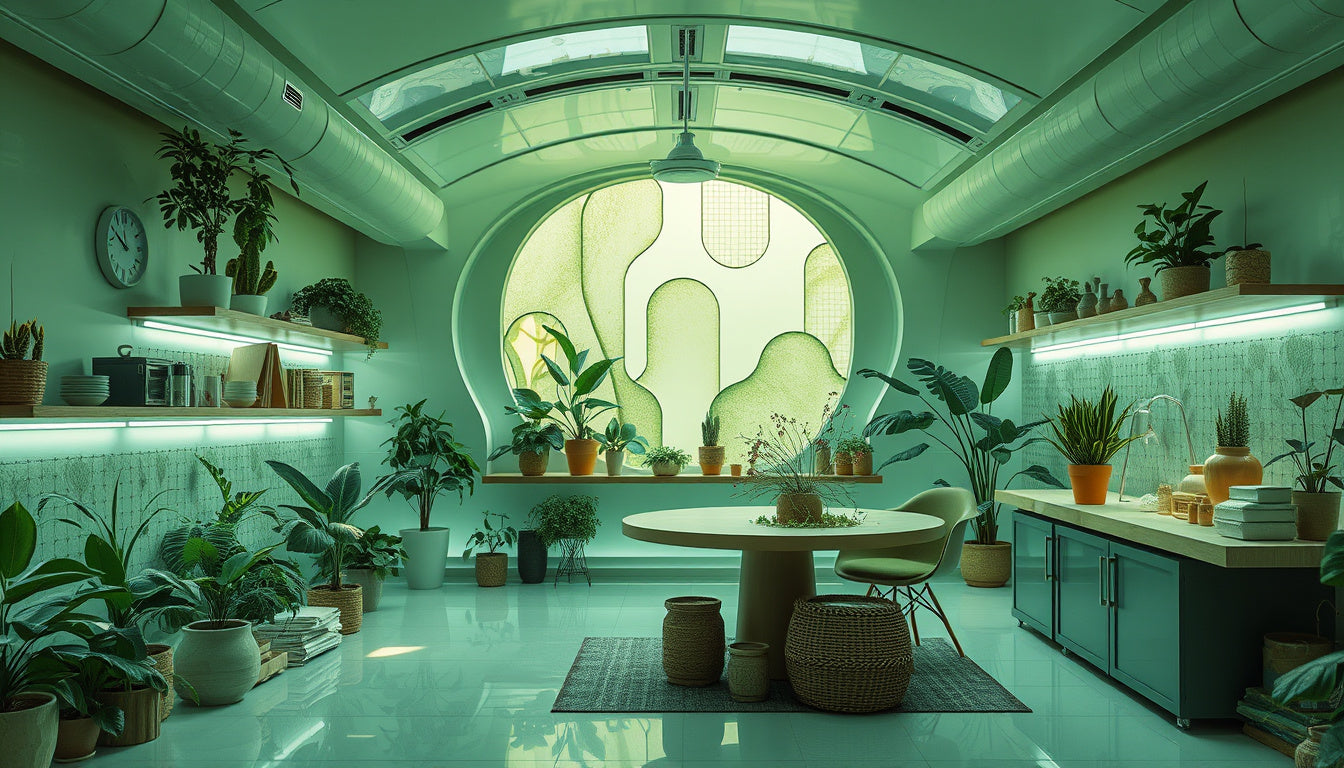
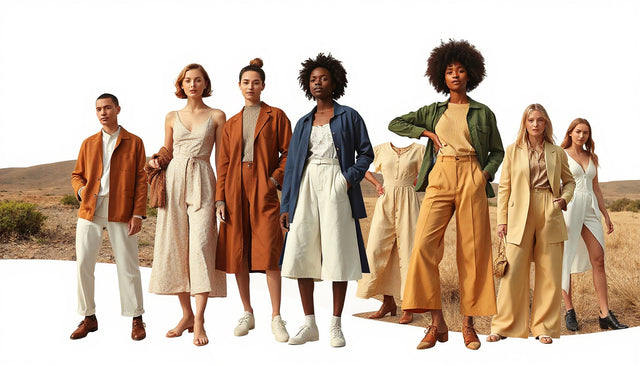
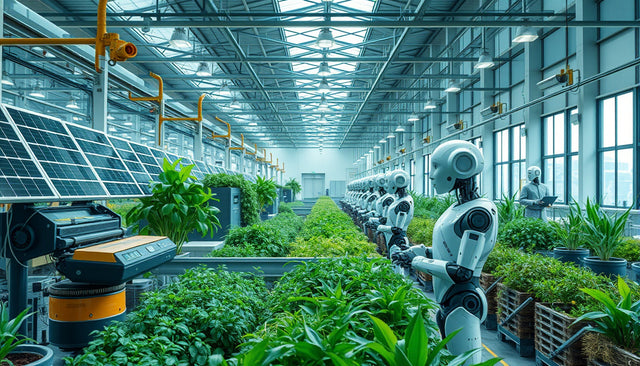
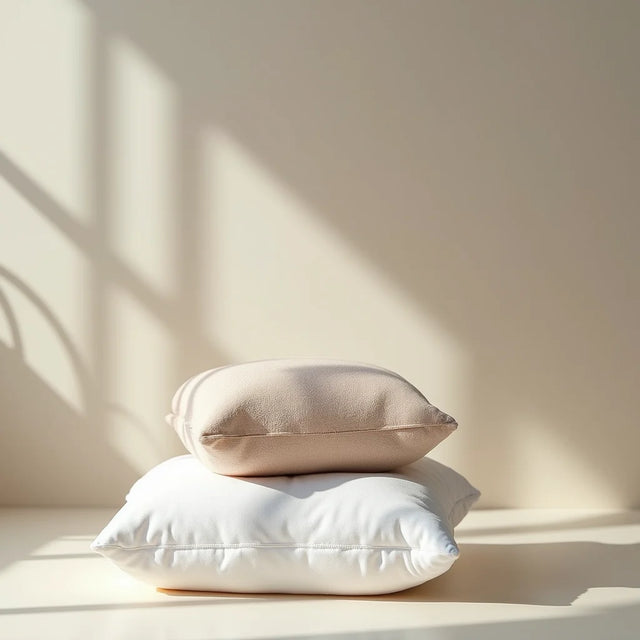
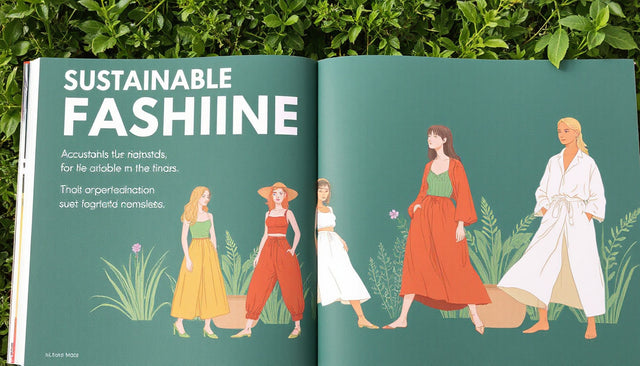
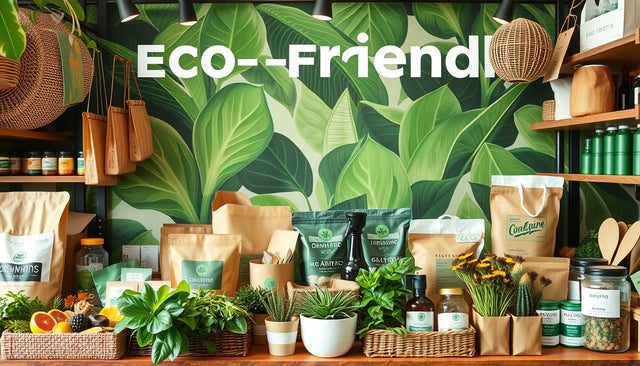
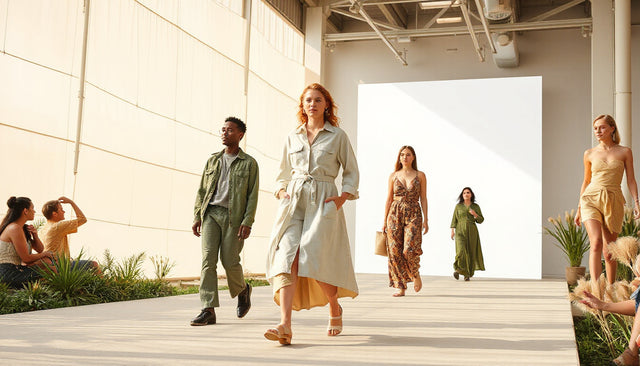















0 comentarios